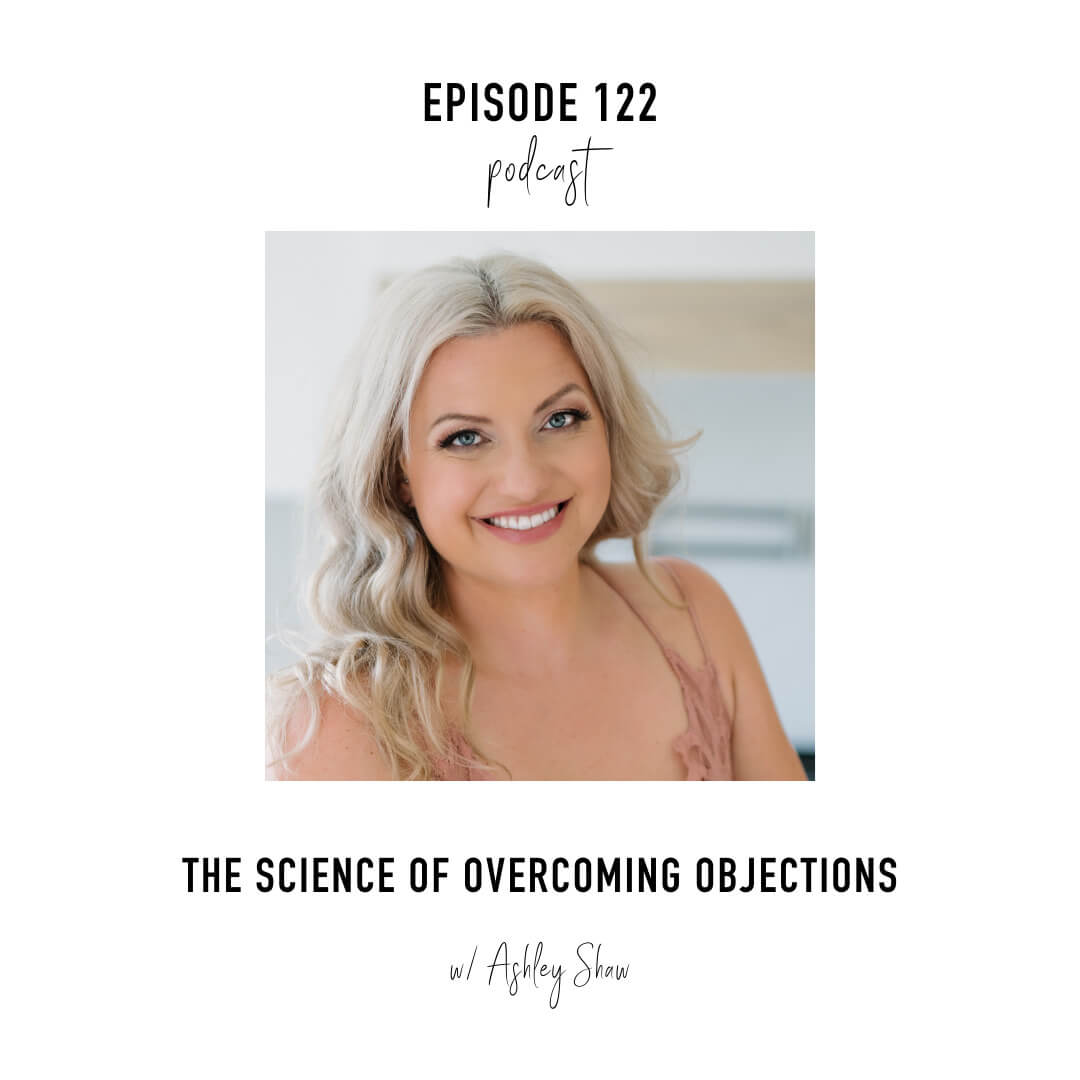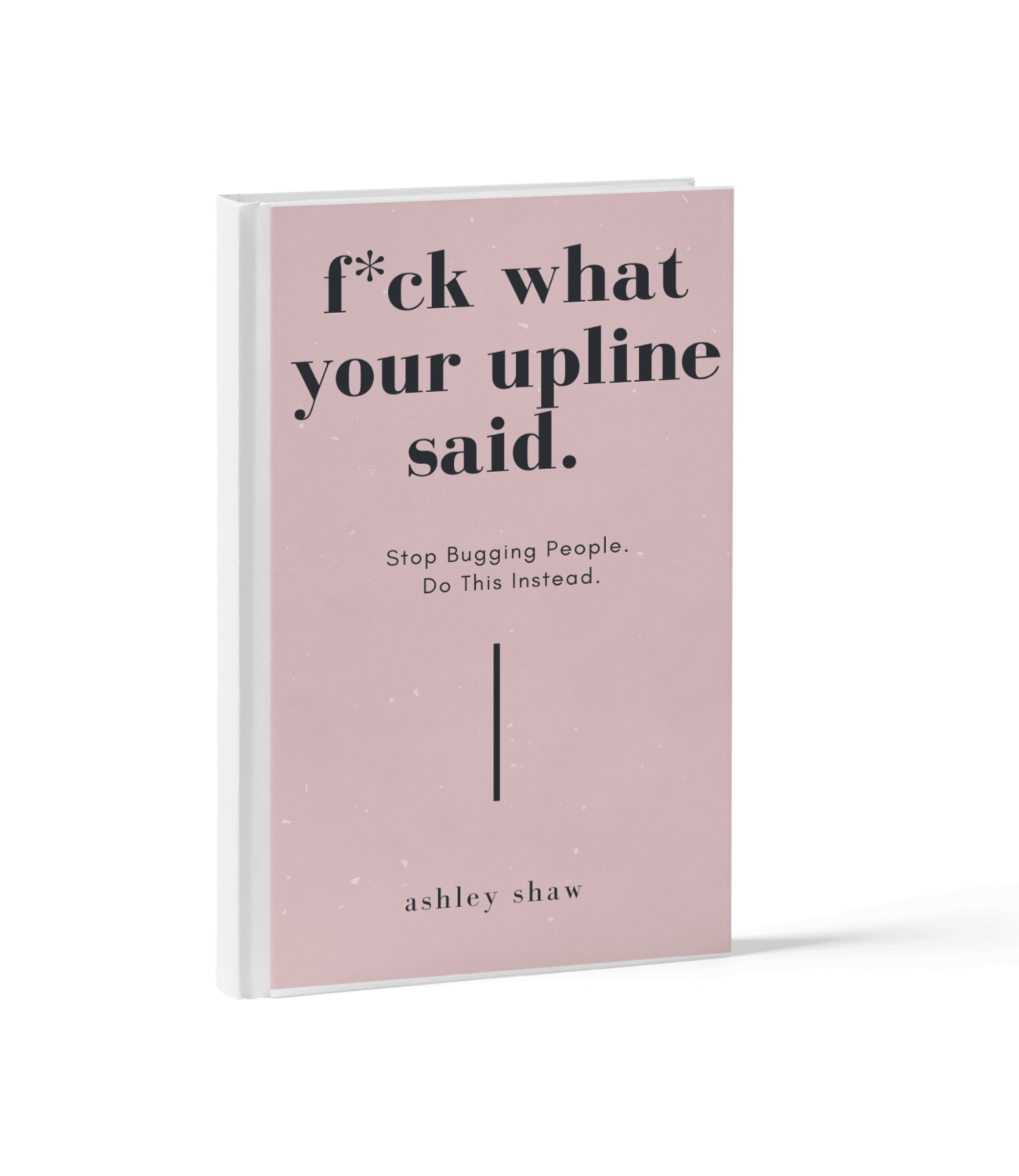
Let’s look at the most common objections we get:
“I don’t have the money.”
Objections are more of a mental “barrier.” They genuinely think they’re stuck and don’t have the skills to get unstuck. Most of the time, it’s not that they don’t have money- it’s that they don’t have the skills to reallocate money in their budget. They might not have social motivators (people around them) living like that, and might not understand how to reallocate money. MANY people who say “I can’t afford ____” are still going out for drinks or expensive coffees. They’re just saying “I don’t have the skills to rearrange my budget.”
“I don’t have enough time.”
Translation: I’m under the assumption that effective workouts (or whatever it is) takes a certain amount of time, and I don’t know how to organize or reallocate my time to be effective.
“I have to talk to my spouse.”
This is a challenging one and can be tricky. Most often, what they mean is “I need someone to back me up and support me in this,” and their spouse is most often that person. It’s a fine line and you’ll need rapport with someone in order to say “I’m fully committed to being that person in your corner keeping you accountable.”
“I don’t know if I can commit.”
MANY people buy gym memberships and never set foot in them again. Here, the barrier is “I don’t know if I’ll like it, or if the support/accountability will truly keep me motivated, or if your coaching style will work for me. I’m lacking information showing me this will work.”
Watch a video by Simon Sinek called “Start with Why.” He breaks down the importance of telling people WHY you do what you do, vs. WHAT you do. It impacts a different part of the brain that confirms you’re making the right decision. If you’re facing an objection, that person is not feeling right about the decision and they can’t describe it, so they’re just going to come up with an objection. What they’re saying is it hasn’t been presented in a way that they fully understand the WHY behind it. Balancing all of this can be tough, so it’s best to set yourself up in a way that minimizes objections right from the get go, so you can have more people just saying “Where do I sign up?” So let’s focus on HOW to set yourself up for a better outcome right from the start:
If you constantly need to overcome objections, you’re doing something wrong and it’s a sign you’re probably talking to the wrong people. Objections should be rare if you’ve truly nailed down your ideal customer, and know exactly who you should be talking to. You can weed out the wrong people early on, and waste less time.
The science says there are
7 Rules of Attracting the Right Audience:
Build authentic trust in relationships online.
People will do business and refer others to people they know, trust and like. It’s all about your story. What have you achieved, and how can you help them? Share where you’ve come from. Your Before & After.
Differentiate yourself in a sea of sameness.
You can't look at your competition and say “I’m just gonna do it better.” You have to decide how you’re going to do it differently. What are your skills, education, what are you born to do/love to do? When your ideal customers read that, you’ll be a breath of fresh air and that’s how you stand out.
Align Your Tribe.
Stick with the people who pull the magic out of you, and not the madness. I define a tribe as having shared values. For example: I hate techy, detail-oriented, complicated stuff. I’m on the creative side and will be all over the map. If I were to surround myself with people who were highly detail-oriented and didn’t believe in creativity, I’d drive myself crazy.
Define Your Authentic Brand Experience.
I highly recommend taking an “Archetype Quiz” by a branding expert named Kaye Putnam. Your brand is a story unfolding across all customer touchpoints. When you first see my website or receive a message or follow up from me, it’s all put through the filter of my brand. Once you understand who you are and what’s important to you, you'll find consistency. How do you want your customer to feel?
Know Who you’re Talking to.
Get so close to your customers that you can tell them what they need before they realize it for themselves. Who is your ideal customer that can’t get enough of you? Know the language they use, the hopes and dreams they have.
Know Which 20% Got You 80% of Your Results.
Businesses use this rule: 80% of sales come from 20% of your salespeople. You want to focus all your energy on that 20% that’s getting results! This will help you define where your best people are coming from. Lots of people I’ve worked with will be surprised at who they attract when they look at their customers using this rule.
Know what keeps your customer up at night. Talk to people, and more lightbulb moments will happen. One “mamabear” coach told me she’d been in this for 4 years and worked hard to get where she was at… and she just didn’t want to do the basic training with anyone anymore. She wanted someone else to handle the basics. It was so important that I understand that, so I knew how to help with what’s truly keeping her up at night! Then you can help them understand how you can benefit them.
What do you think would change if you and your team started speaking to the right customers? The ones that always said yes, that knew why your story mattered and why you’re different? Your solution is exactly what they needed to get their lives back on track. How confident would you then feel in your business?
Key Takeaways From This Episode:

WHERE WE CAN CONNECT:
Don’t forget….. If you loved this episode, screenshot it and share it to your IG stories and tag me @theashleyshaw. I would love to connect with you!
Podcast: Play in new window | Download
Subscribe: Apple Podcasts | Google Podcasts | RSS

